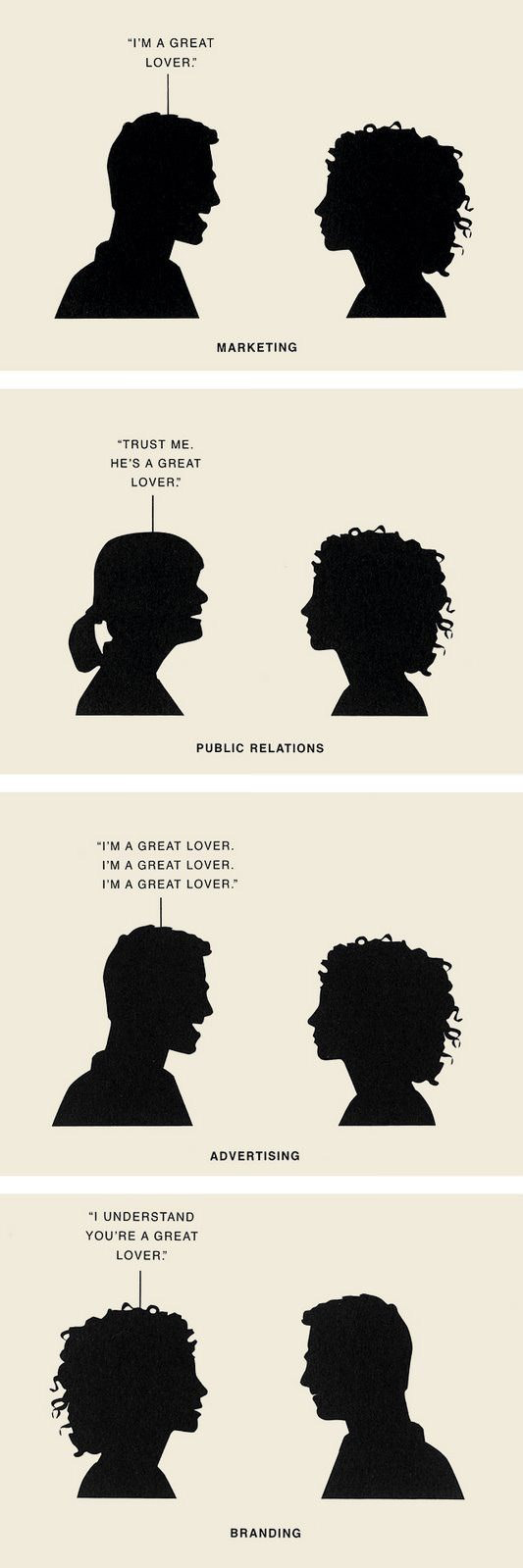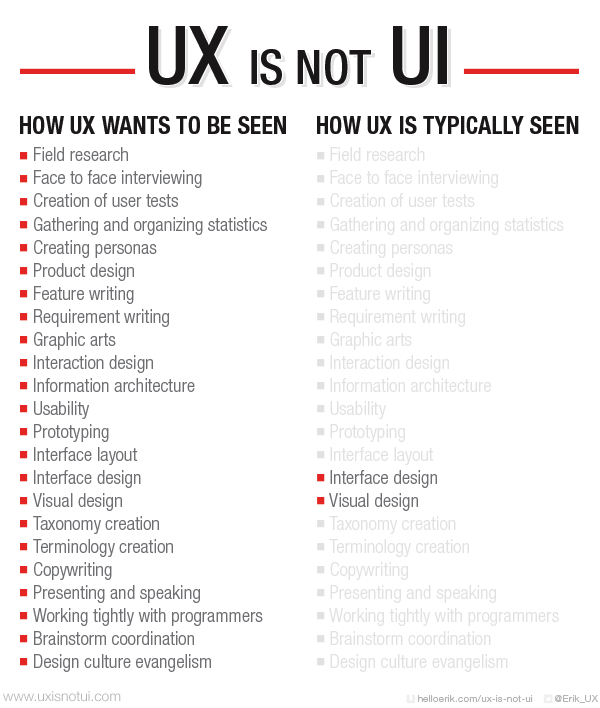No. People should learn to think. I believe the key skills of the future are creativity, empathy, and critical thinking. We need to work with people and find solutions as teams. Code can be a great skill, but I don't think it's the only way. I find the average philosophy major to be much closer to my ideal non-coder founder than the average CS major. They have the full tool box.
Coding is a culd in SV. Clearly there are tech businesses that will only be built by domain experts. But most problems are human problems. These require tech-enabled businesses. These tend to be founded by people who have human insight, not technical insight. (Emphasis mine)

Nike Flyease: Sneaker Technology for People with Disabilities →
Love product design stories like this.
When you start looking at a problem and it seems really simple with all these simple solutions, you don't really understand the complexity of the problem. And your solutions are way too oversimplified, and they don't work.
Then you get into the problem, and you see it's really complicated. And you come up with all these convoluted solutions. That's the sort of middle, and that's where most people stop, and the solutions tend to work for a while.
But the really great person will keep on going and find the key, underlying principle of the problem. And come up with a beautiful elegant solution that works.
—Steve Jobs
People Don't Want Something New, They Want the Familiar Done Differently →
Then came the California Roll. While the origin of the famous maki is still contested, its impact is undeniable. The California Roll was made in the USA by combining familiar ingredients in a new way. Rice, avocado, cucumber, sesame seeds, and crab meat — the only ingredient unfamiliar to the average American palate was the barely visible sliver of nori seaweed holding it all together.
The California Roll provided a gateway to discover Japanese cuisine and demand exploded. Over the next few decades sushi restaurants, which were once confined to large coastal cities and almost exclusively served Japanese clientele, suddenly went mainstream. Today, sushi is served in small rural towns, airports, strip malls, and stocked in the deli section of local supermarkets. Americans now consume $2.25 billion of sushi annually.
The lesson of the California Roll is simple — people don’t want something truly new, they want the familiar done differently. Interestingly, this lesson applies just as much to the spread of innovation as it does to tastes in food.
Another great example of innovation being more about execution, not the idea.
How Google Finally Got Design →
In Google’s case, the company probably had no choice but to make design a priority in 2011. Owing to its relentless design perfectionism, Apple was on the cusp of becoming the most valuable company in history. To compete with Apple’s tech cachet, Google’s products had to be well-designed. But Page’s design awakening reflects some broader trends in technology that have been brewing for a decade.
As Brett Lider, Google’s design lead for Android Wear, points out, web design during Google’s ascendance in the mid-2000s was focused on utility. Being homegrown and DIY lent a certain credibility on the web, especially in the valley. Conversely, most well-designed sites were marked by a painful lack of performance. In that brew, ambitious design actually suggested a lack of seriousness about engineering. Google’s obsession with tech geekery, visible in details like the Android logo, and the functional but unimaginative language of stripped down simplicity happened to fit both the valley’s DIY self-regard, and an ancient precept in human-computer interaction: That the most user-friendly thing you could do is to make a computer fast, because if it were fast enough, it would hold people’s attention. Faster speeds inevitably made people spend more time at a computer.
This all changed, of course. Computing power eventually became a secondary draw to user experience. That's partly because broadband exploded, making sheer speed less of a selling point. But mobile is what really forced design to center stage. Unlike desktop computing, which took decades to become household mainstays, the iPhone ushered in a new era of invention that was geared toward computing experts and computing novices—from software developers to grandmothers—at the same time. Everyone was learning about mobile, all at once, forcing both engineers and designers to think about usability on unprecedented scales. User experience, once a discipline that evolved at a pace dictated by Apple and Microsoft, was being pushed ahead by every new app that did things just a little bit better.
Kevin Rose on Focus →
Kevin Rose reiterating my favorite advice.

Google's Material Design →
I'm really excited for Google's new design language. One glaring annoyance that's bugged me since I got my first Android is the design inconsistency of the icons. Another thing that's bugged me is the default Halo theme that feels so cold and lifeless.
Material Design on the other hand looks fun, playful and full of personality. It looks like a joy to use, much like my beloved (and iOS-exclusive) Tweetbot app.
Android fans have always boasted how Android is open. But when it was completely open, Android's lack of design guidance resulted in a chaotic mess of garbage apps that showed very little unity or consistency.
From a user experience standpoint, I'm really glad Google is tightening ship and leading the way for the Android developer community. Google's designers are fantastic and I hope all Android users upgrade to Lollipop soon.
Copy Forward →
Give credit where credit is due, at least in spirit. The real crime is taking an idea without also taking the time to think "Why?" Every artist borrows. Great artists understand what they are stealing.